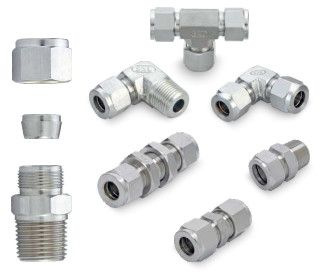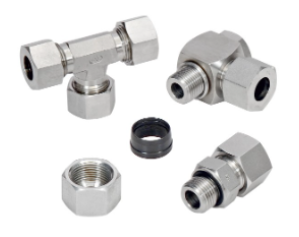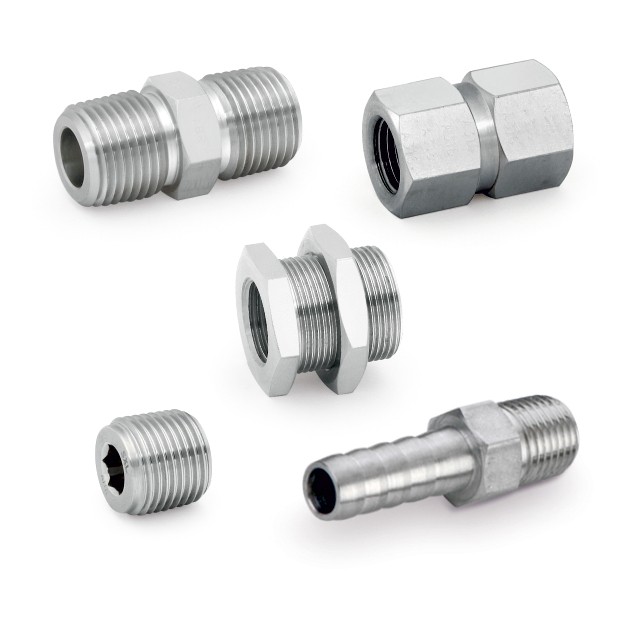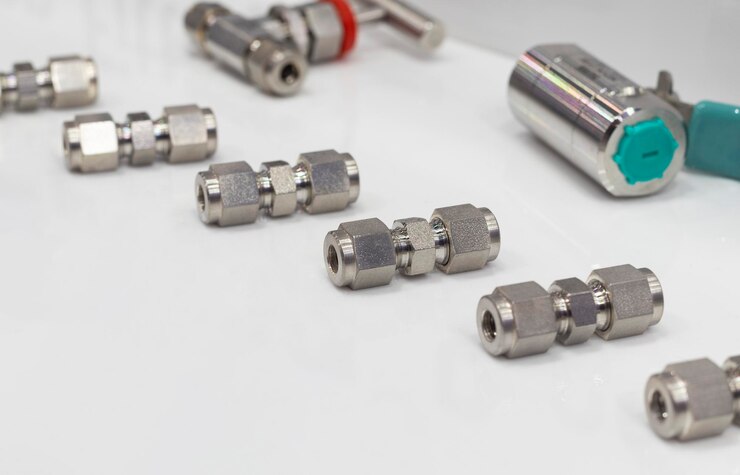
Ferrule Pipe Fittings: A Simple Guide to Reference
August 22, 2024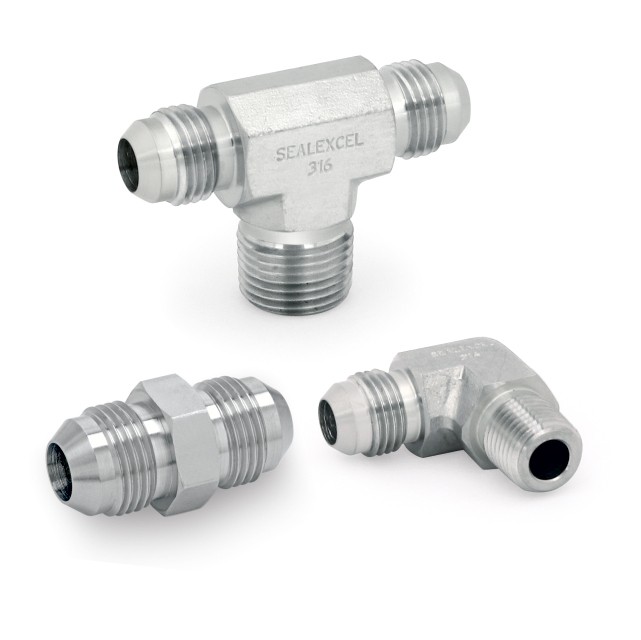
Flare Fittings: A Detailed Guide
October 12, 2024Pipe fittings, known as push to connect fittings, are used to join pipes together without the use of tools or glue. Because of how simple they are to install and maintain, they are a popular option for both home and commercial applications.
Stainless steel or brass are the most common materials used in push to connect fittings. They have a neck that is tightened around the pipe to form a seal and a needle end that is inserted into the pipe. Typically, the collar is composed of metal or plastic.
Straight and angled push to connect fittings are the two primary varieties. Pipes that are in line with one another are joined using straight fittings. To join pipes that are angled with one another, utilise angled fittings.
Push to connect fittings come in all kinds of shapes and sizes. They work with both flexible and stiff pipe.
Benefits of Push To Connect Fittings
Push to connect fittings have a lot of advantages. Among them are:
- Easy to install: Installing push to connect fittings is a relatively simple process. No sealants and tools are needed for them.
- Time-saving: When doing a plumbing job, push to connect fittings can help you save both money and time.
- Reliable: Pipe connections can be made with confidence with push to connect fittings. When compared to other kinds of pipe fittings, they have a lower leakage rate.
- Versatile: A range of pipe sizes and materials can be used with push to connect fittings.
- Durable: Push to connect fittings are strong and resistant to a variety of pressures and temperatures.
Push To Connect Fittings Applications
There are several uses for push to connect fittings, such as:
- Residential plumbing: For home plumbing tasks like adding new water lines or fixing leaks, push to connect fittings are a common option.
- Commercial plumbing: Push to connect fittings are also utilised in commercial plumbing applications, like building renovation and new construction plumbing system installations.
- Industrial applications: Push to connect fittings are employed in many industrial settings, including power plants and factories, where they are utilised to join pipes.
How To Install Push To Connect Fittings
Push to connect fitting installation is an easy procedure. The steps involved are as follows:
- Cut the pipes to the desired length.
- Deburr the ends of the pipes.
- Insert the pipe into the fitting.
- Push the fitting onto the pipe until it locks into place.
- Check for leaks.
Push To Connect Fittings Troubleshooting
A few things you can try if you’re experiencing problems installing push to connect fittings are:
- Make sure the pipes are cut to the correct length.
- Deburr the ends of the pipes carefully.
- Use a pipe lubricant.
- Consult the manufacturer’s instructions.
Push To Connect Fittings FAQs
The following are some common enquiries concerning push to connect fittings:
- Are push to connect fittings safe? Yes, push to connect fittings are safe. They are tested and certified to meet industry standards.
- How long do push to connect fittings last? Push to connect fittings can last for many years.
- Can push to connect fittings be reused? No, push to connect fittings cannot be reused.
- Are push to connect fittings expensive? Push to connect fittings are typically more expensive than other types of pipe fittings.
- Where can I buy push to connect fittings? Push to connect fittings are available at most hardware stores and plumbing supply stores.
Conclusion
Pipe connections may be made quickly and reliably with push to connect fittings. They can be utilised in many different applications and are simple to install and maintain. Push to connect fittings are an excellent choice if you’re trying to find a solution to make your plumbing project easier.


